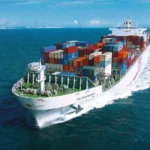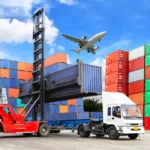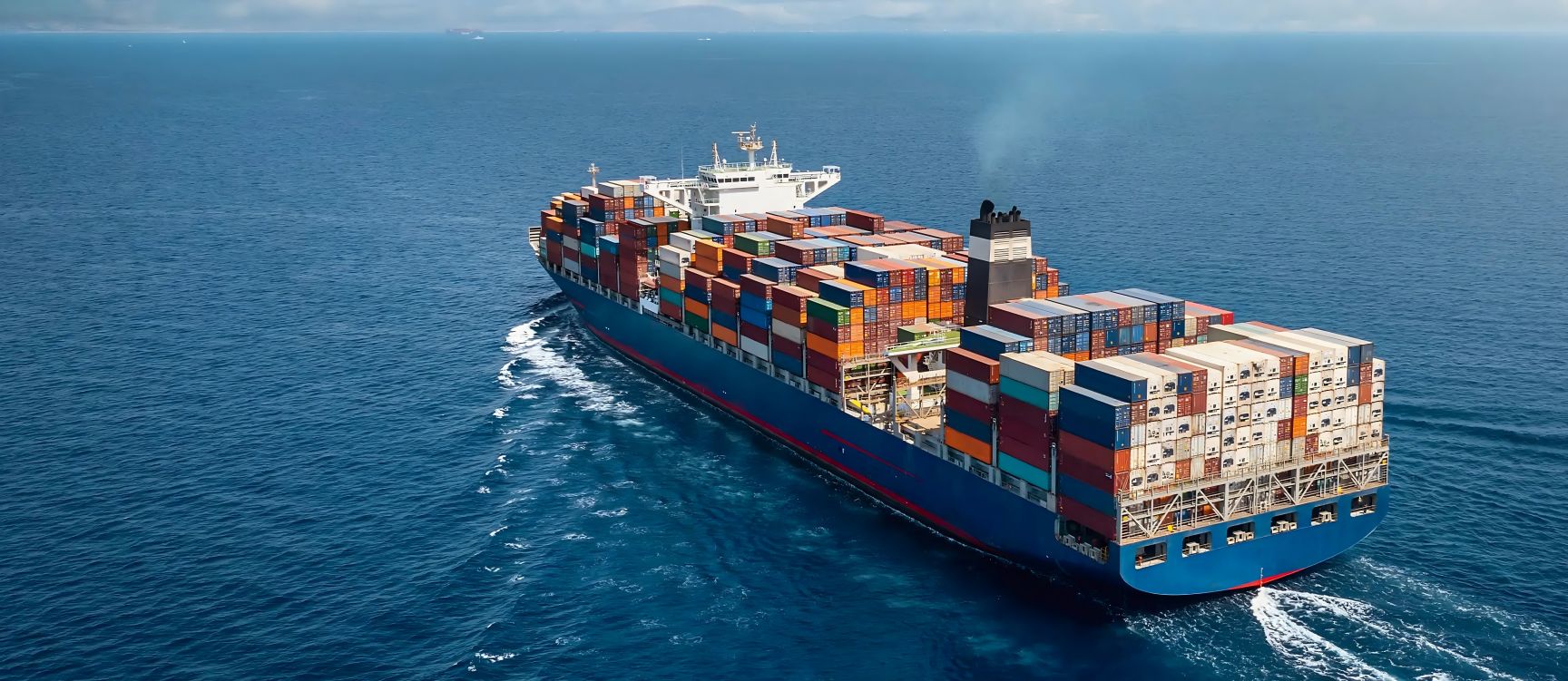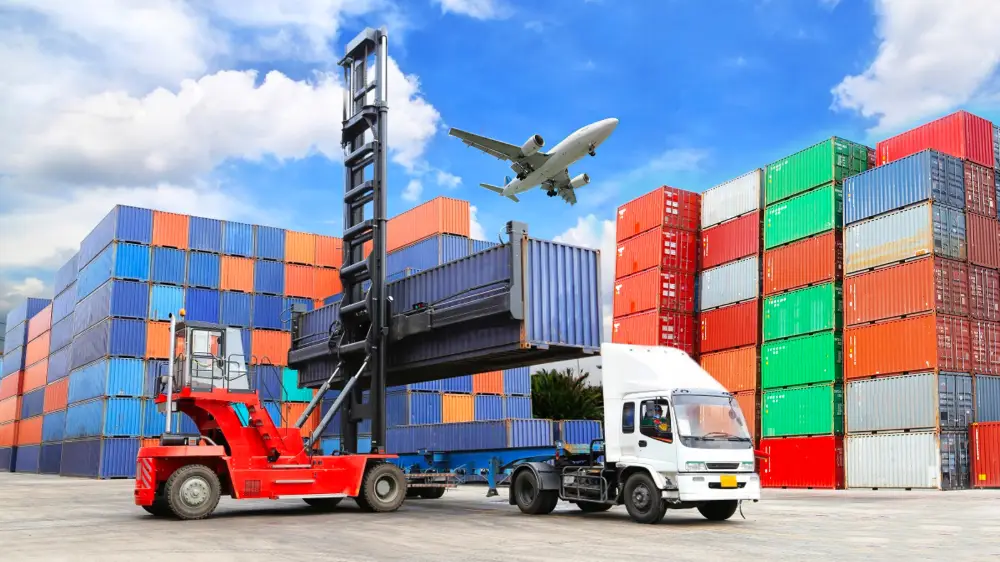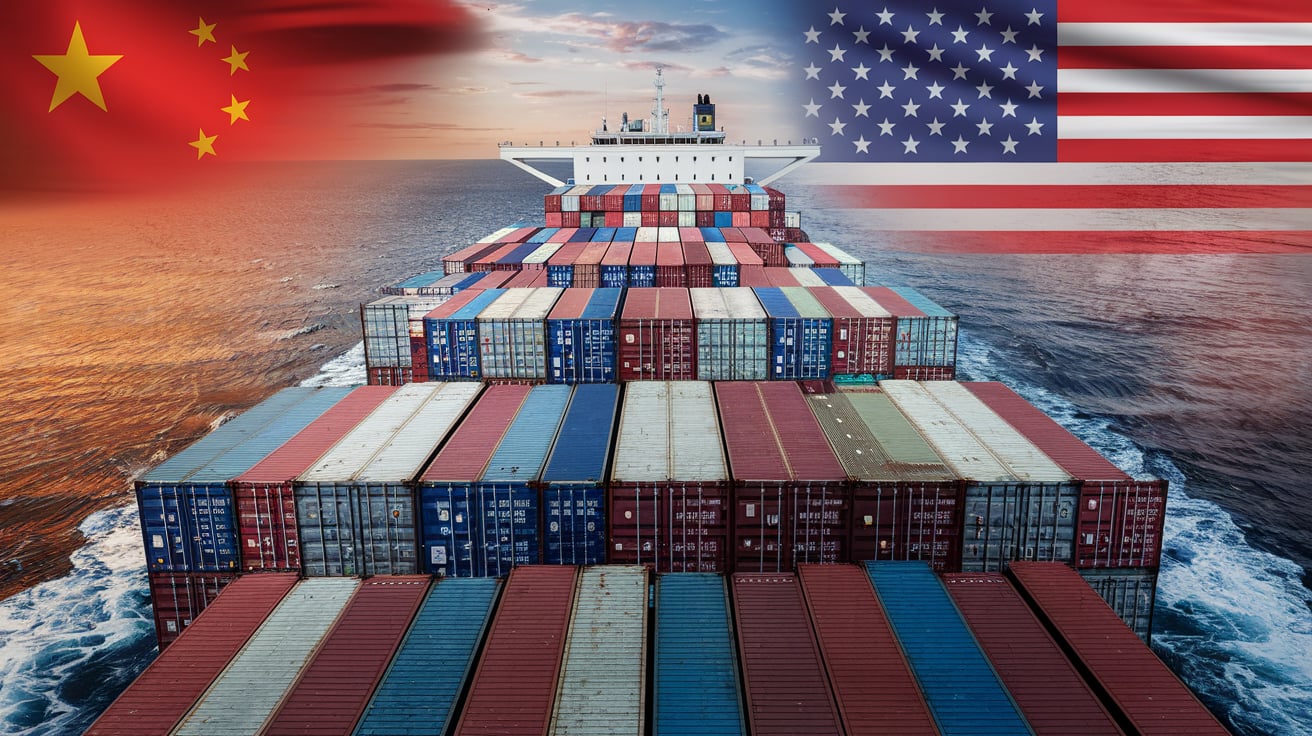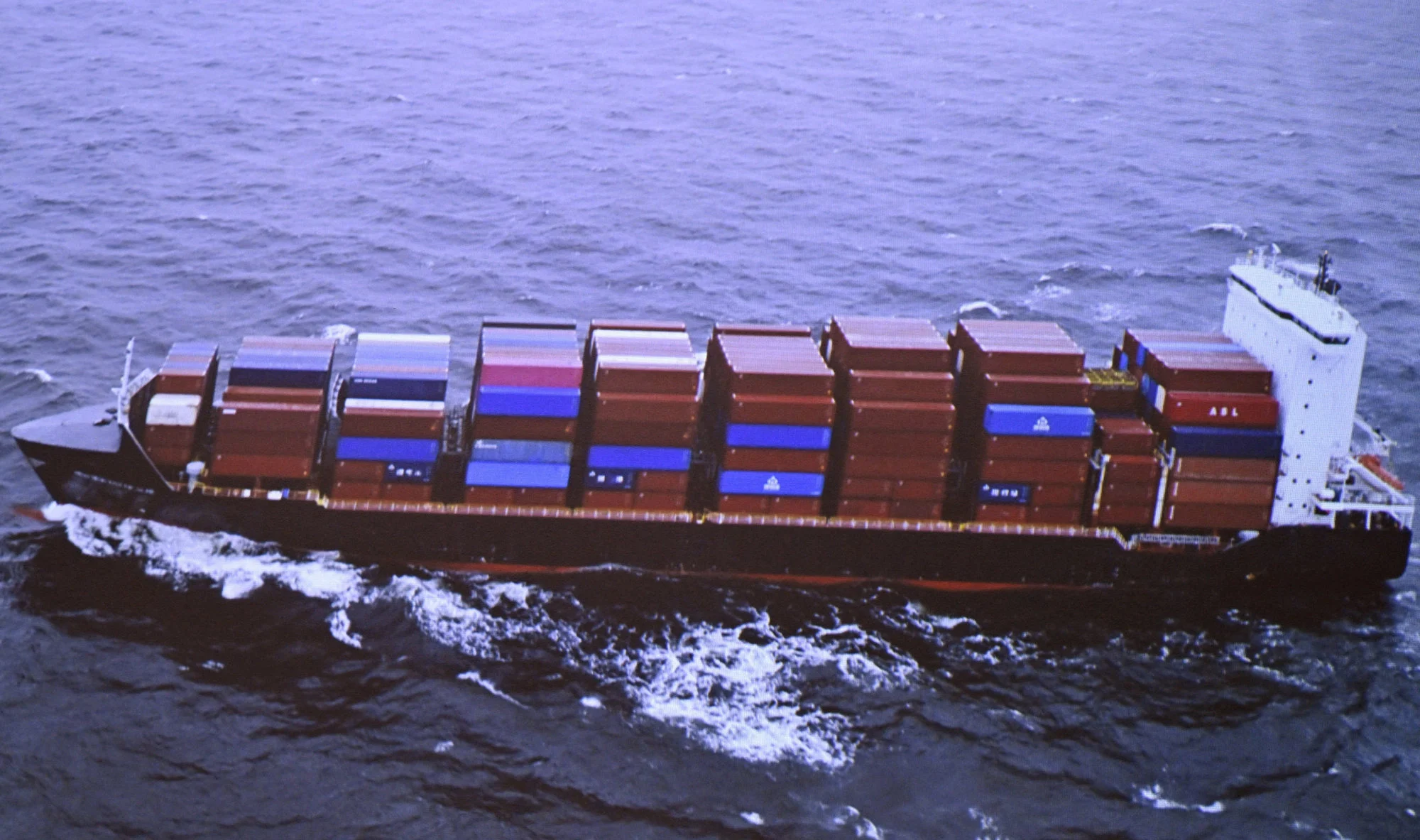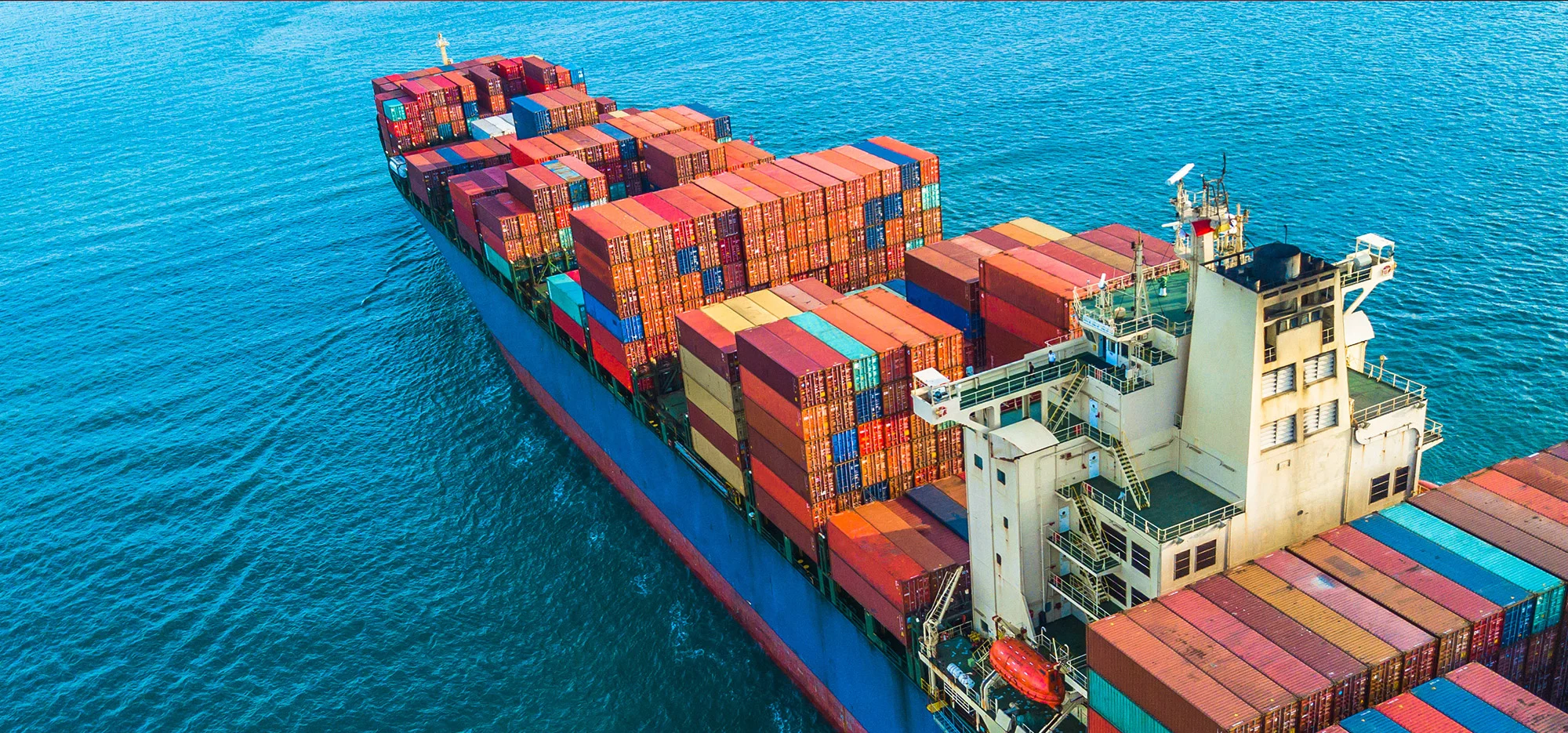When importing goods from China to Florida, understanding container shipping costs is crucial for budget planning and strategic decision-making. Container shipping serves as the backbone of international logistics, and various factors can influence the overall costs, including shipping routes, container sizes, and modes of transport. This comprehensive guide provides insights into the key elements that affect shipping expenses, helping businesses navigate the complexities of global trade effectively. Whether you’re a seasoned importer or new to international shipping, being well-informed on these aspects is essential for optimizing your logistics strategy and ensuring the successful importation of your goods.
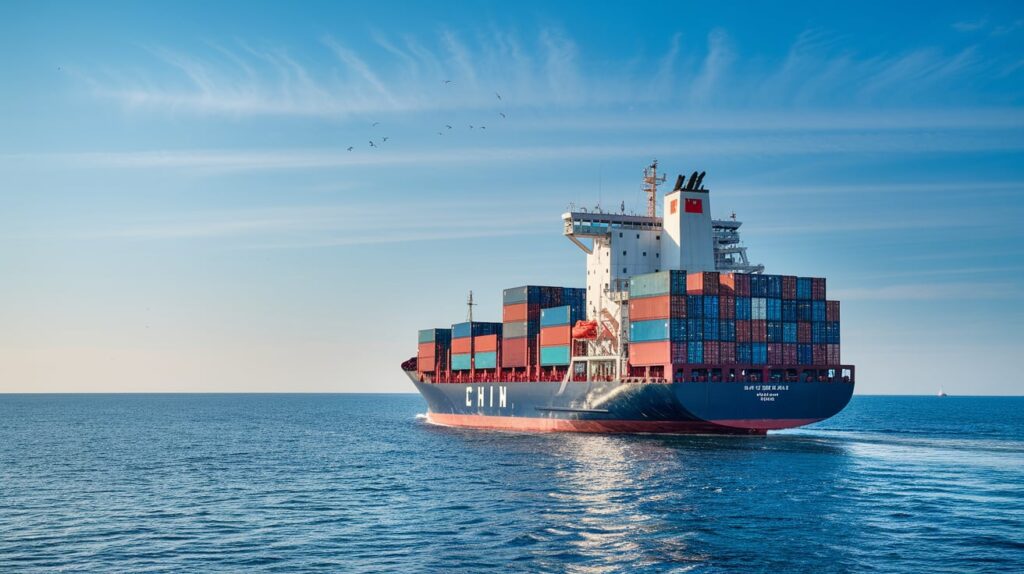
Key Factors Influencing Shipping Costs
Several factors contribute to the overall shipping costs, each with its own implications for budget planning.
Shipping Route and Distance
The shipping route is a significant factor in determining costs. Routes that are direct and less congested typically incur lower costs due to reduced travel time and fuel consumption. Conversely, longer, less efficient routes may lead to higher expenses. For instance, shipping from major ports such as Shanghai to Florida can be more economical than shipping from inland cities due to less logistical complexity.
Distance also plays a crucial role in cost calculations. The longer the journey your goods have to make, the higher the shipping charges. Nevertheless, many freight forwarders, including Dantful International Logistics, optimize shipping paths to help reduce expenses.
| Distance (miles) | Estimated Cost ($) |
|---|---|
| 8,000 (Direct Route) | 2,500 – 3,200 |
| 10,500 (Indirect Route) | 3,200 – 4,500 |
Container Size: 20ft vs. 40ft
Choosing the right container size is essential for optimizing shipping costs. The two most common container sizes are 20-foot and 40-foot containers.
- 20-foot containers are generally less expensive to ship and are ideal for smaller loads or when the goods are particularly heavy or dense.
- 40-foot containers provide more space and are more cost-effective for larger shipments. However, they also come with higher shipping costs.
It’s important to calculate the volume and weight of your goods to determine which container size offers the best value.
| Container Size | Dimensions (ft) | Average Cost ($) |
|---|---|---|
| 20ft | 20 x 8 x 8.5 | 2,500 – 3,000 |
| 40ft | 40 x 8 x 8.5 | 3,800 – 4,500 |
Mode of Transport: FCL vs. LCL
Understanding the difference between Full Container Load (FCL) and Less than Container Load (LCL) is vital when evaluating shipping costs.
- FCL is when a shipper pays for an entire container regardless of whether it is full. This option is often more cost-efficient for larger shipments, as the cost per unit decreases with increased volume.
- LCL, on the other hand, allows shippers to share container space with other shippers, which can be more economical for smaller loads. However, it often incurs additional handling fees and may take longer for transit due to multiple stops.
| Transport Mode | Minimum Load | Cost Efficiency |
|---|---|---|
| FCL | 20ft container | More cost-effective for larger shipments |
| LCL | Small shipments | Economical for smaller volumes but may add extra fees |
Choosing between FCL and LCL depends on the specific needs of your shipment, including volume, weight, and urgency. For businesses navigating the complexities of global trade, expert guidance can make a significant difference in optimizing shipping strategies.
By understanding these key factors influencing container shipping costs from China to Florida, importers can make better-informed decisions. Partnering with an experienced freight forwarder, such as Dantful International Logistics, can provide tailored solutions, ensuring a cost-effective and smooth shipping process.
For more insights into efficient shipping solutions, consider exploring Dantful’s services, including door-to-door shipping, customs clearance, and warehouse services.
READ MORE:
- Shipping From China to the United States
- Shipping From China TO Canada
- Shipping From China TO Mexico
- Shipping From China to Panama
- Shipping From China to Costa Rica
- Shipping From China to Brazil
- Shipping From China TO Colombia
- Shipping From China to Jamaica
- Shipping From China to Venezuela
Shipping Costs for Containers from China to Florida
When importing goods from China to Florida, understanding the shipping costs associated with containers is crucial. These costs can vary significantly depending on the container size, mode of shipping, and any additional fees involved in the logistics process.
20 ft Container Shipping Cost from China to Florida
Shipping costs for a 20 ft container can be influenced by various factors, including shipping line rates, fuel surcharges, and seasonal demand. On average, the cost to ship a 20 ft container from China to Florida typically ranges from $2,500 to $3,200.
Cost Breakdown for 20ft Containers
The following table provides a detailed breakdown of the costs involved in shipping a 20 ft container:
| Cost Component | Estimated Cost ($) |
|---|---|
| Base Freight Rate | 1,200 – 1,800 |
| Port Fees (Loading/Unloading) | 300 – 500 |
| Documentation Fees | 100 – 200 |
| Insurance (Optional) | 100 – 300 |
| Fuel Surcharge | 150 – 400 |
| Customs Clearance Fees | 200 – 400 |
| Total Estimated Cost | 2,500 – 3,200 |
The above estimates can fluctuate based on changes in shipping demand and geopolitical factors. Collaborating with a reliable freight forwarder, such as Dantful International Logistics, can help in obtaining accurate quotes.
40 ft Container Shipping Cost from China to Florida
Shipping a 40 ft container offers more capacity and is often a more cost-effective solution for larger shipments. The shipping costs for a 40 ft container from China to Florida generally range from $3,800 to $4,500.
Cost Breakdown for 40ft Containers
Below is a detailed cost breakdown for shipping a 40 ft container:
| Cost Component | Estimated Cost ($) |
|---|---|
| Base Freight Rate | 2,000 – 2,800 |
| Port Fees (Loading/Unloading) | 400 – 600 |
| Documentation Fees | 100 – 200 |
| Insurance (Optional) | 100 – 300 |
| Fuel Surcharge | 200 – 500 |
| Customs Clearance Fees | 200 – 400 |
| Total Estimated Cost | 3,800 – 4,500 |
As with 20 ft containers, these estimates can vary due to market conditions. A professional logistics provider can ensure that you understand the total costs involved.
Comparison of FCL and LCL Shipping Costs
Choosing between Full Container Load (FCL) and Less than Container Load (LCL) shipping can have a significant impact on your overall shipping costs.
- FCL is generally more cost-effective for larger shipments because the shipper pays for the entire container. This option often leads to reduced costs per unit shipped.
- LCL allows shippers to consolidate their cargo with others, which can be a cost-saving strategy for smaller shipments. However, it may incur additional handling fees and longer transit times.
| Shipping Mode | Cost Range (Estimation) | Best For |
|---|---|---|
| FCL | $2,500 – $4,500 | Large shipments |
| LCL | $300 – $1,500 (varies by weight and volume) | Small shipments |
This table highlights how the decision between FCL and LCL can significantly affect your shipping budget.
Additional Fees and Charges
In addition to the basic shipping costs, several other fees and charges may apply during the shipping process. Understanding these can help in accurately budgeting for your imports.
Port Fees and Handling Charges
Ports charge various fees for loading, unloading, and handling containers. These fees can vary based on the port’s location and traffic. Cash flow should accommodate these additional expenses, which generally range from $300 to $600 for standard transactions.
Customs Duties and Taxes
Importing goods also involves customs duties and taxes, which can vary based on the product type and value. The duties are typically calculated as a percentage of the total value of the goods being imported, and it is essential to factor these into your overall costs. Average customs duties can range from 5% to 25% depending on the product classification.
| Fee Type | Estimated Cost ($) |
|---|---|
| Port Fees | 300 – 600 |
| Customs Duties (Average %) | 5% – 25% of total value |
Accurate budgeting for these additional fees ensures that your shipping strategy remains financially viable. Partnering with a professional freight forwarder, such as Dantful International Logistics, can significantly streamline this process by providing essential guidance and support in navigating these potential costs.
Dantful International Logistics Services:
- Dantful Ocean Freight Services
- Air Freight From China
- Amazon FBA Freight Forwarding
- WAREHOUSE Services
- One-Stop Customs Clearance Solution
- Cargo Insurance Services in China
- DDP Shipping Services By Dantful Logistics
- Out of Gauge Cargo Transportation Shipping Services
Shipping Time from China to Florida
Understanding the shipping time from China to Florida is crucial for businesses operating in a global marketplace. The transit times can vary significantly based on the shipping method, route, and various logistical factors.
Average Transit Times for Sea Freight
When shipping goods from China to Florida via sea freight, the average transit time generally ranges from 20 to 40 days. This timeline can depend on multiple factors, including the shipping line used, the specific origin and destination ports, and any potential delays along the route.
Example of Transit Times
Below is an overview of estimated transit times for different shipping routes:
| Shipping Route | Estimated Transit Time (Days) |
|---|---|
| Shanghai to Miami | 25 – 30 |
| Shenzhen to Jacksonville | 22 – 28 |
| Ningbo to Tampa | 30 – 35 |
These estimates highlight the general timeframe expected for sea freight shipments. Companies need to plan their inventory and production schedules accordingly to ensure a smooth supply chain.
Factors Affecting Shipping Duration
Several factors can influence the duration of shipping from China to Florida, impacting how quickly goods arrive. Key considerations include:
1. Shipping Method
The choice between sea freight and air freight significantly affects shipping times. While sea freight is cost-effective for larger shipments, it takes much longer than air freight, which typically ranges from 3 to 7 days.
2. Port Congestion
Congestion at ports can lead to delays, particularly during peak shipping seasons when cargo volumes are high. This congestion can increase waiting times for both loading and unloading containers.
3. Customs Clearance
The process of customs clearance can add time to the shipping process. Factors like documentation errors, inspections, and customs duties can affect how quickly goods are cleared for entry into the United States. Engaging a professional freight forwarder, such as Dantful International Logistics, can help streamline this process by ensuring all necessary documentation is in order.
4. Weather Conditions
Bad weather can also impact shipping times, as adverse conditions may disrupt shipping schedules or necessitate route changes. This unpredictability can extend transit times unexpectedly.
By understanding these factors, importers can better plan their logistics strategies to align with their operational needs.
Tips for Reducing Container Shipping Costs
As shipping costs can significantly impact overall business expenses, implementing strategies to minimize these costs is essential for maintaining profitability.
Choosing the Right Freight Forwarder
Selecting a reputable freight forwarder is critical in optimizing shipping costs. A skilled freight forwarder can provide insights into the best shipping methods, negotiate competitive rates, and ensure compliance with regulations.
When choosing a freight forwarder, consider the following:
- Experience and Reputation: Look for a forwarder with a solid track record in shipping from China to your destination.
- Transparent Pricing: Ensure they provide clear pricing structures with no hidden fees.
- Customized Solutions: Opt for a forwarder that can tailor their services to meet your specific shipping needs.
Collaborating with Dantful International Logistics can provide the expert guidance necessary to navigate complex shipping scenarios while ensuring significant cost savings.
Consolidating Shipments for Cost Efficiency
Another effective strategy for reducing shipping costs is consolidating shipments. This involves combining multiple smaller shipments into a single larger shipment, which can lead to considerable savings. Benefits of this approach include:
- Lower Freight Rates: Larger shipments often qualify for reduced shipping rates, decreasing the cost per unit.
- Reduced Handling Fees: Fewer shipments mean fewer handling charges, which can add up significantly over time.
- Improved Inventory Management: Consolidation can help streamline logistics and improve inventory turnover rates.
By combining shipments and using a reliable freight forwarder, businesses can enhance their shipping efficiency while significantly cutting costs associated with container shipping.
Adopting these strategies not only helps in managing expenses effectively but also contributes to a more efficient logistics operation.
FAQs
- What factors influence container shipping costs from China to Florida?
- Container shipping costs are influenced by factors such as the shipping route and distance, container size (20ft vs. 40ft), and the mode of transport (Full Container Load (FCL) vs. Less than Container Load (LCL)). Additional expenses like port fees, customs duties, and fuel surcharges can also impact overall costs.
- How do I choose between FCL and LCL shipping?
- FCL is more cost-effective for larger shipments, as you pay for the entire container and often benefit from lower shipping rates per unit. LCL allows you to share container space with other shipments, which can be economical for smaller loads but may incur additional handling fees.
- What is the average shipping cost for a 20ft and 40ft container?
- The shipping cost for a 20ft container from China to Florida typically ranges from $2,500 to $3,200, while a 40ft container generally costs between $3,800 to $4,500.
- How long does it take to ship goods from China to Florida?
- The average transit time for sea freight shipments from China to Florida ranges from 20 to 40 days. However, shipping via air freight is much quicker, typically taking between 3 to 7 days.
- What additional fees should I consider when shipping?
- Aside from the base shipping costs, consider additional fees such as port fees (approximately $300 to $600), customs duties (ranging from 5% to 25% of the total value), and potential handling charges.
- How can I reduce my shipping costs?
- To reduce shipping costs, consider selecting a reputable freight forwarder who can provide competitive rates and insights. Additionally, consolidating shipments into a larger load can lead to savings on freight rates and handling fees.

Young Chiu is a seasoned logistics expert with over 15 years of experience in international freight forwarding and supply chain management. As CEO of Dantful International Logistics, Young is dedicated to providing valuable insights and practical advice to businesses navigating the complexities of global shipping.
The other language versions of this article
- تكاليف شحن الحاويات من الصين إلى فلوريدا: ما تحتاج إلى معرفته
- Kosten voor containervervoer van China naar Florida: wat u moet weten
- Coûts du transport de conteneurs de la Chine vers la Floride : ce que vous devez savoir
- Containerversandkosten von China nach Florida: Was Sie wissen müssen
- Costi di spedizione dei container dalla Cina alla Florida: cosa devi sapere
- Costos de envío de contenedores desde China a Florida: lo que necesita saber
- Custos de transporte de contêineres da China para a Flórida: o que você precisa saber
- Стоимость контейнерной перевозки из Китая во Флориду: что вам нужно знать
- Çin’den Florida’ya Konteyner Nakliye Maliyetleri: Bilmeniz Gerekenler





